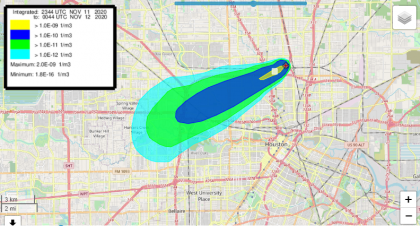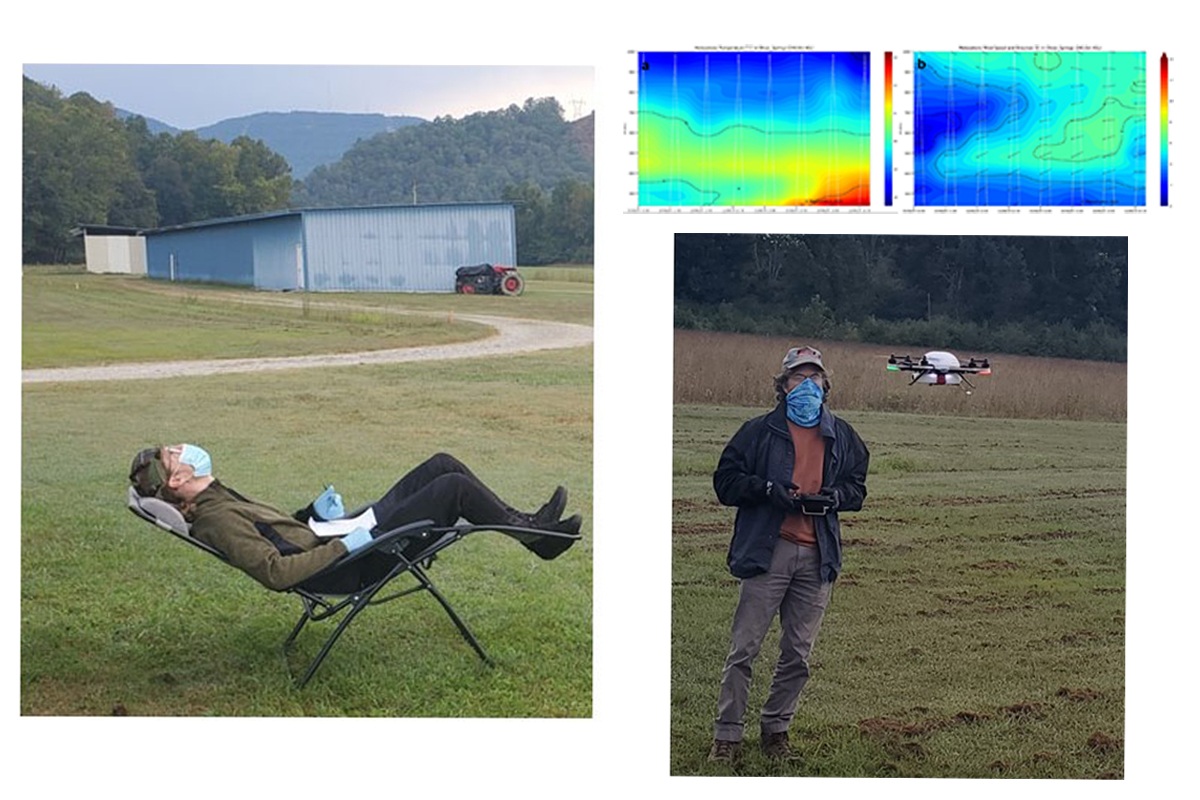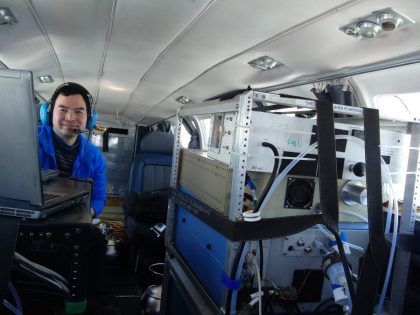About ARL
NOAA’s Air Resources Laboratory (ARL) conducts research on the lowest part of the atmosphere, the boundary layer, the area where we live and breathe. World-class research on the chemistry and physics of the boundary layer contributes to accurate regional and global predictions of weather and air quality, as well as climate variability. ARL also works to generate actionable information and highly localized forecasts to respond to a variety of emergencies efficiently. Scenarios may include chemical or nuclear-related industrial accidents, wildfires, volcanoes, and high-impact air pollution episodes; data from ARL informs local managers whether evacuations or stay- at- home orders may be necessary.
Applications of ARL Research
Emergency Management

HYSPLIT Atmospheric Dispersion predictions from for Nov 11, 2020, northeast Houston area smoke plume. The WFO provided these information to the Houston Office of Emergency Management to inform the public alerts and response options.
The accidental or intentional release of chemical, biological, or nuclear agents, as well as ash associated with volcanic eruptions, may result in significant health, safety, national security, economic, and ecological implications. ARL’s atmospheric transport and dispersion research provides critical modeling and observation data to understand how, where, and when chemicals and materials are dispersed through the atmosphere. This information can be quickly assembled to provide emergency responders, federal agencies and the aviation industry with accurate and highly localized forecasts to guide actions to reduce the impacts to public health and property.
The HYSPLIT transport and dispersion model is used for targeted forecasts and products as varied as volcanic ash, mercury deposition, or airborne hazardous materials emitted from industrial events. HYSPLIT is used operationally by NOAA Weather Forecast Offices to plan for and respond to emergency situations.
Weather forecasts and climate outlooks
Studies of the boundary layer improve subseasonal to seasonal weather forecasting and climate outlooks. ARL conducts long-term field studies to understand interactions between the atmosphere, the land surface and vegetation to improve climate and weather predictions. ARL also studies energy, water, and greenhouse gas flux measurements and analyzes their relationships to weather and climate variability.
ARL measures atmospheric composition changes at many locations across the nation. Measurements of the boundary layer interactions with the weather are key to long term climate assessment and mitigation; in order to estimate greenhouse gas (GHG) emissions and verify commitments, localities will need access to measurements of current and past conditions and techniques.

Ed Dumas, an engineer with ATDD, operates the sUAS (right) while Travis Schuyler, a postdoctoral research associate, is the visual observer (left). The vertical profile observed is at the top right.
Air Composition and Chemistry

Dr. Ren with a suite of atmospheric scientific instruments in a Cessna 402 research aircraft.
While the past three decades have made significant advances in reducing emissions of harmful air pollutants into the atmosphere, many locations in the U. S. continue to experience poor air quality and some sensitive ecosystems remain highly stressed by exposure to elevated pollutant levels and deposition of harmful chemicals. ARL performs both measurements and computer modeling to advance our understanding of air composition and chemistry and partners with other NOAA laboratories and the National Weather Service (NWS) to provide the nation and its citizens with accurate air pollution forecasts. ARL’s research in these areas also helps to improve weather and climate forecasts since the composition of the atmosphere has fundamental impacts on clouds, precipitation and solar radiation.




